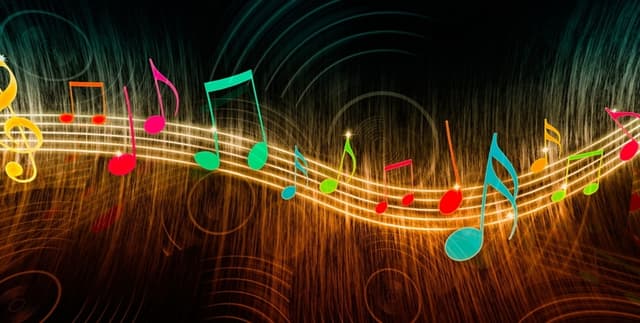Music Track Classification Dataset
Data Science and Analytics
Tags and Keywords
Trusted By




"No reviews yet"
Free
About
This dataset is designed for the prediction and classification of music genres. It provides a rich collection of audio features and metadata for a diverse set of tracks, enabling users to build models that can accurately categorise music into distinct genres. This resource is significant for researchers, developers, and music enthusiasts looking to understand and automate music categorisation.
Columns
- instance_id: A unique identifier for each music track.
- artist_name: The name of the artist who performed the music.
- track_name: The title of the music track.
- popularity: A numerical indicator of the music's popularity, ranging from 0 to 99, with a mean of 44.2.
- acousticness: A measure from 0.0 to 1.0 indicating whether the track is acoustic, with a mean of 0.31. A value of 1.0 represents high confidence the track is acoustic.
- danceability: A measure from 0.0 to 1.0 describing how suitable a track is for dancing based on musical elements like tempo, rhythm stability, beat strength, and overall regularity, with a mean of 0.56. A value of 1.0 is highly danceable.
- duration_ms: The duration of the music track in milliseconds, with values ranging from -1 to approximately 4.83 million ms and a mean of 221,000 ms.
- energy: A measure from 0.0 to 1.0 representing a perceptual measure of intensity and activity, with a mean of 0.6. Typically, energetic tracks feel fast, loud, and noisy.
- instrumentalness: Predicts whether a track contains no vocals. Values above 0.5 are intended to represent instrumental tracks, with a mean of 0.18.
- key: The key the track is in. There are 12 unique keys, with G and C being the most common, each at 11%.
- liveness: Detects the presence of an audience in the recording, ranging from 0.01 to 1.0, with a mean of 0.19. A value above 0.8 provides a strong likelihood that the track was performed live.
- loudness: The overall loudness of a track in decibels (dB), with values ranging from -47.05 to 3.74 dB and a mean of -9.13 dB.
- mode: Indicates the modality (major or minor) of a track. Major accounts for 64% of the tracks.
- speechiness: Detects the presence of spoken words in a track, ranging from 0.02 to 0.94, with a mean of 0.09. Values above 0.66 describe tracks that are probably made of spoken words.
- tempo: The overall estimated tempo of a track in beats per minute (BPM). There are approximately 29,400 unique tempo values.
- obtained_date: The date when the music track's data was obtained.
- valence: A measure from 0.0 to 1.0 describing the musical positiveness conveyed by a track, with a mean of 0.46. Tracks with high valence sound more positive.
- music_genre: The assigned genre of the music track, acting as the class label for classification tasks. There are 10 unique genres, including 'Electronic', 'Anime', 'Jazz', 'Alternative', 'Country', 'Rap', 'Blues', 'Rock', 'Classical', and 'Hip-Hop'. Electronic is the most common genre at 10%.
Distribution
This dataset is provided in a CSV file format and has a file size of 7.54 MB. It contains approximately 50,000 valid records for most columns. There are generally 5 missing values across many of the columns.
Usage
This dataset is ideal for developing and evaluating machine learning models for music genre prediction and classification. It can be used for:
- Building music recommendation systems.
- Performing exploratory data analysis on music characteristics.
- Conducting feature engineering for audio processing tasks.
- Training classifiers to automatically categorise music.
Coverage
The dataset's temporal scope spans from 1st April 2001 to 1st April 2005, based on the
obtained_date column. Geographic and demographic scopes are not specified in the available information.License
CC0: Public Domain
Who Can Use It
This dataset is particularly useful for:
- Data Scientists and Machine Learning Engineers: For training and testing music genre classification models.
- Researchers: To explore relationships between audio features and musical genres.
- Music Analysts: To understand the characteristics that define different music genres.
- Developers: To integrate genre classification capabilities into applications.
Dataset Name Suggestions
- Music Genre Classifier Dataset
- Audio Feature Music Genres
- Genre Prediction Music Data
- Music Track Classification Dataset
- Sound Genre Dataset
Attributes
Original Data Source: Music Track Classification Dataset
Loading...
Free
Download Dataset in CSV Format
Recommended Datasets
Loading recommendations...
